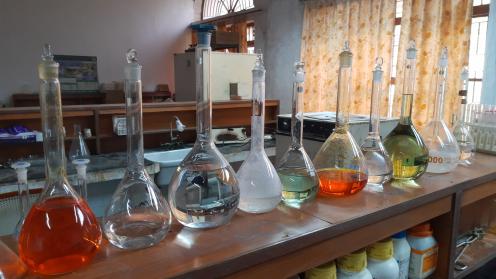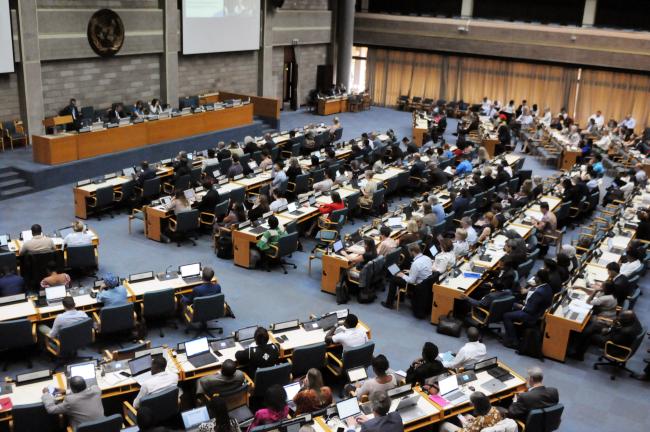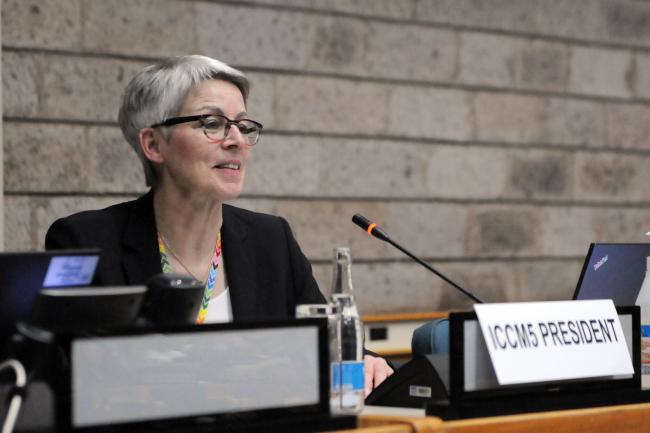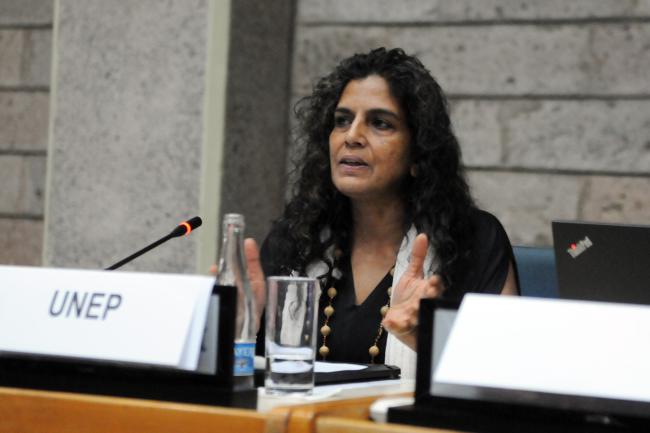The resumed fourth meeting of the Intersessional Process (IP4) of the Strategic Approach to International Chemicals Management (SAICM) convened on Monday and focused on: airing new formal proposals for the “Beyond 2020” instrument on the sound management of chemicals and waste; narrowing the proposed targets for the instrument to 20; discussing a name for the instrument; and developing a list of topics that need specific resolutions at the Fifth International Conference on Chemicals Management (ICCM5) in September 2023.
In welcoming remarks to plenary, John Elungata, speaking on behalf of the Cabinet Secretary for the Environment, Kenya, called for framing the Beyond 2020 instrument in clear language that presents easily understood messages reflecting both the risks and benefits of chemicals and is durable, flexible, adaptable and able to respond to new priorities.
ICCM5 President Anita Breyer expressed anticipation that IP4 will conclude with a solid, ambitious and inclusive text for ICCM5 to address in Bonn, Germany, in September. Sheila Aggarwal-Khan, UN Environment Programme, expressed hope for an ambitious framework agreed at Bonn with action scaled up from what SAICM has accomplished in the past.
The plenary then heard presentations from proponents of new text proposals for the instrument for IP4 consideration. The Inter-Organization Programme for the Sound Management of Chemicals (IOMC) presented three proposals. One would have ICCM5 mandate that work on SAICM Emerging Policy Issues (EPIs) and issues of concern continue under current modalities until ICCM6, at which time proposals will be considered on the way forward from that point. A second proposal calls for the Beyond 2020 instrument to include three “implementing programmes.” A third IOMC proposal would add to the instrument a “living” annex on measurability that can be readily updated.
The World Health Organization (WHO) introduced a proposal to include a paragraph on the WHO Chemicals Roadmap for guiding enhanced facilitation by implementation of SAICM and the Beyond 2020 instrument.
The Chemicals and Waste Youth Platform presented their proposal for a section in the instrument on “Children, Youth and Intergenerational Protection” and related targets and indicators. They stressed that youth and children are being the most harmed but the least heard.
The rest of the day was spent in parallel sessions, with Thematic Group 1 considering a general round of comments on proposed targets and then focusing on how best to narrow the targets to 20, and an “informal dialogue” discussing recommendations to a “Friends of the IP Co-Chairs” group on the instrument’s name and on matters for which resolutions would be needed at ICCM5. Regarding the name, there was broad support for either the “Global Framework on Chemicals and Waste” or “Bonn Framework on Chemicals and Waste.” On possible resolutions, most participants favored at least resolutions on a name, adoption of the instrument, further work on indicators, and the future of EPIs and issues of concern.
Text written and edited by Keith Ripley, Deborah Davenport, Ph.D., Jose F. Pinto-Bazurco, Ph.D., and Hillary Rosentreter.
All ENB photos are free to use with attribution. For the SAICM IP4, please use: Photo by IISD/ENB | Diego Noguera
To receive free coverage of global environmental events delivered to your inbox, subscribe to the ENB Update newsletter.






























